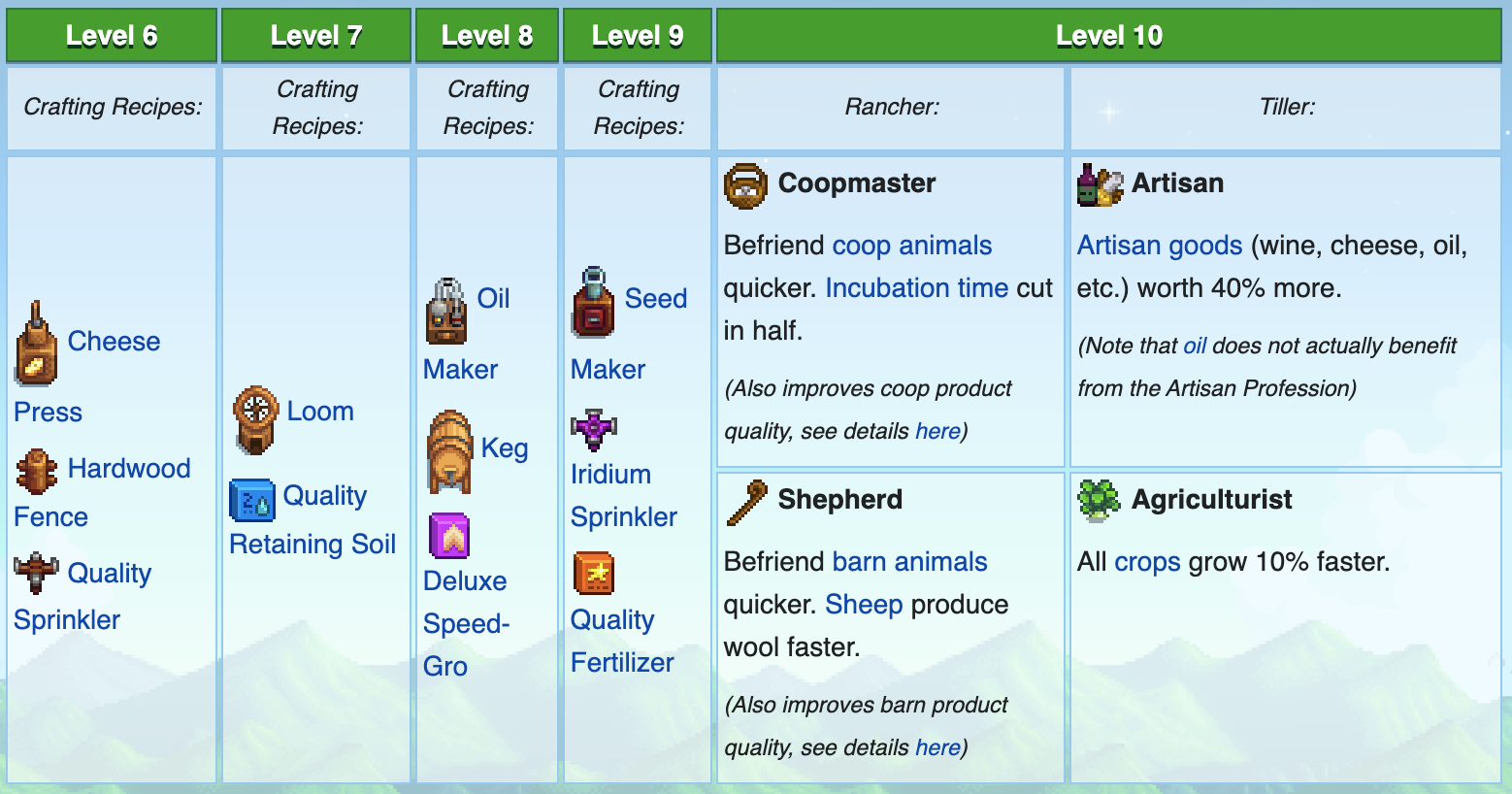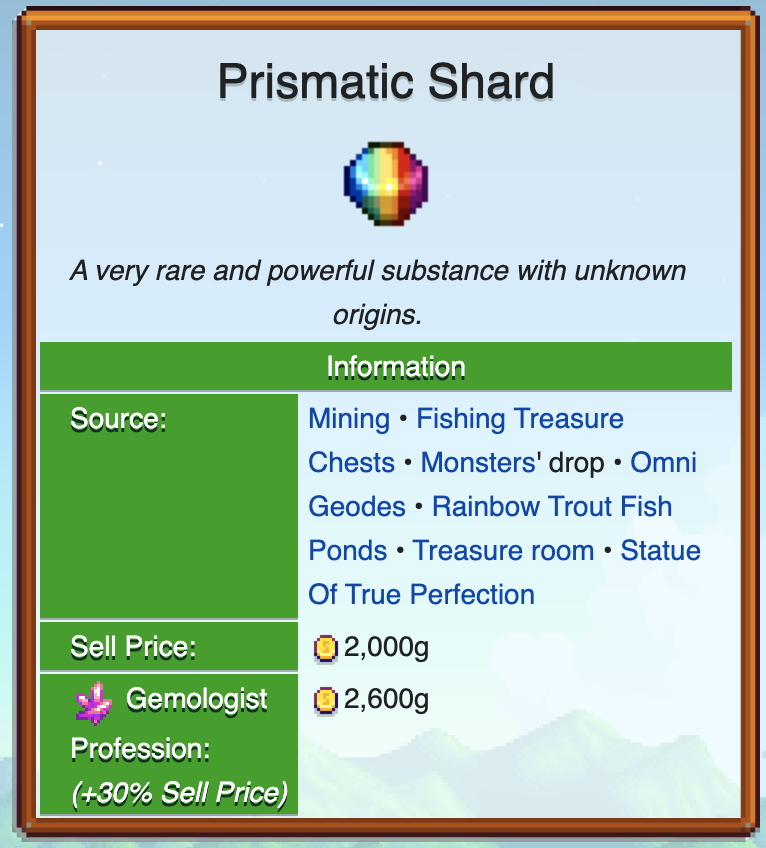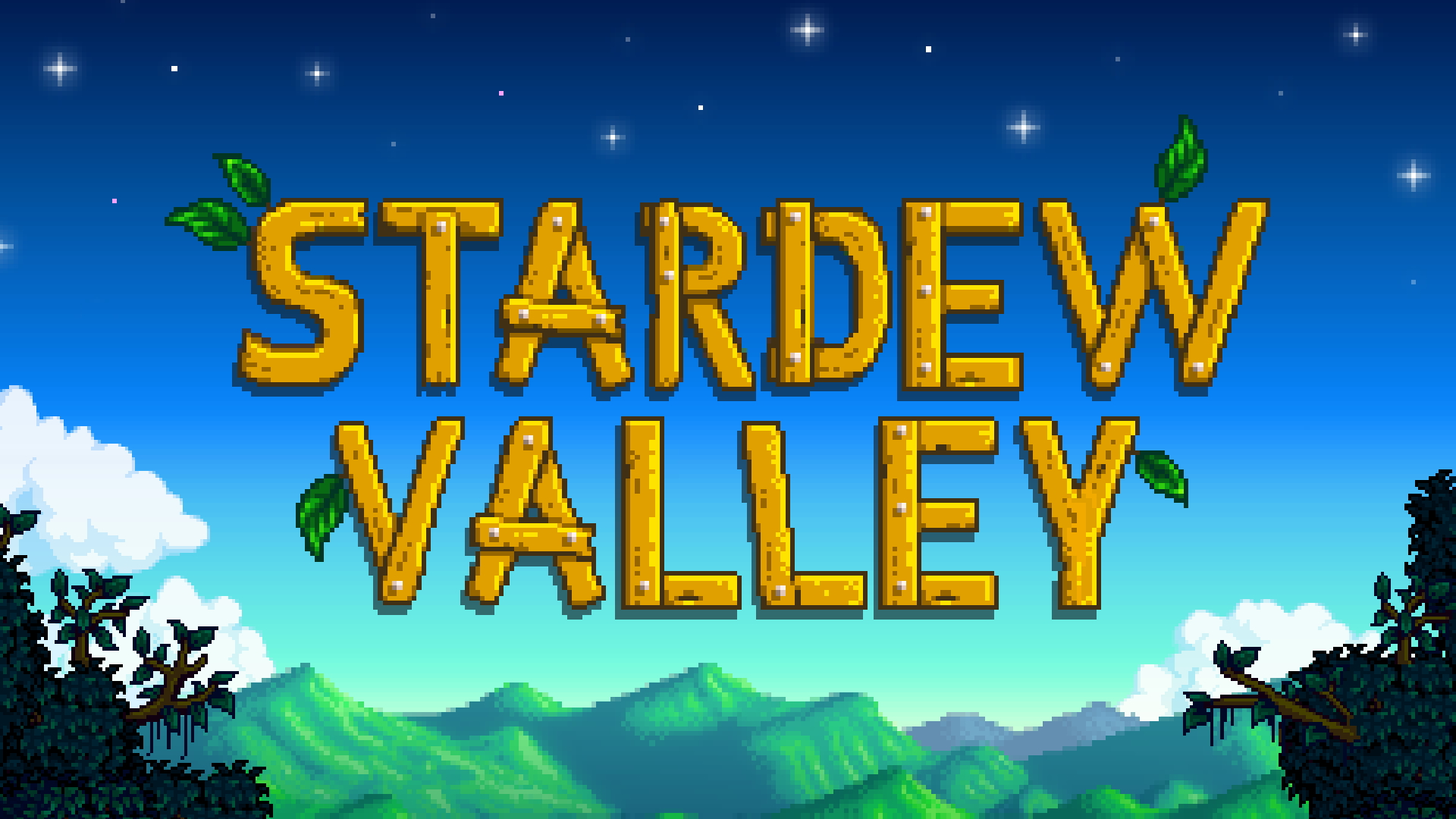Stardew Valley is a simulation role-playing video game developed by Eric Barone, known as “ConcernedApe.” It was first released in 2016 on Windows and later on macOS, gaming consoles, and mobile. A well-loved critical and commercial success after having sold over 10 million copies by 2020, this game begins with a player- character who inherits their deceased grandfather’s dilapidated farm in the rural, magical Stardew Valley. The player can pursue their own strategies to earn money and improve the farm, such as by tending to crops and livestock, fishing, mining the caves, foraging, and more. They can also develop friendships with the townspeople, and even court and marry one of 12 eligible bachelors and bachelorettes and have up to two children. There is also the optional (but highly encouraged) quest to restore the Community Center (or convert it to a Jojo Warehouse) by completing specific collections of items and crafted goods (or buying upgrades outright). The openness of the world, charming bit graphics, and in-game lore (such as a “mermaid’s pendant” for proposing marriage) offer other types of fun, but the core gameplay is the challenge of resource management.
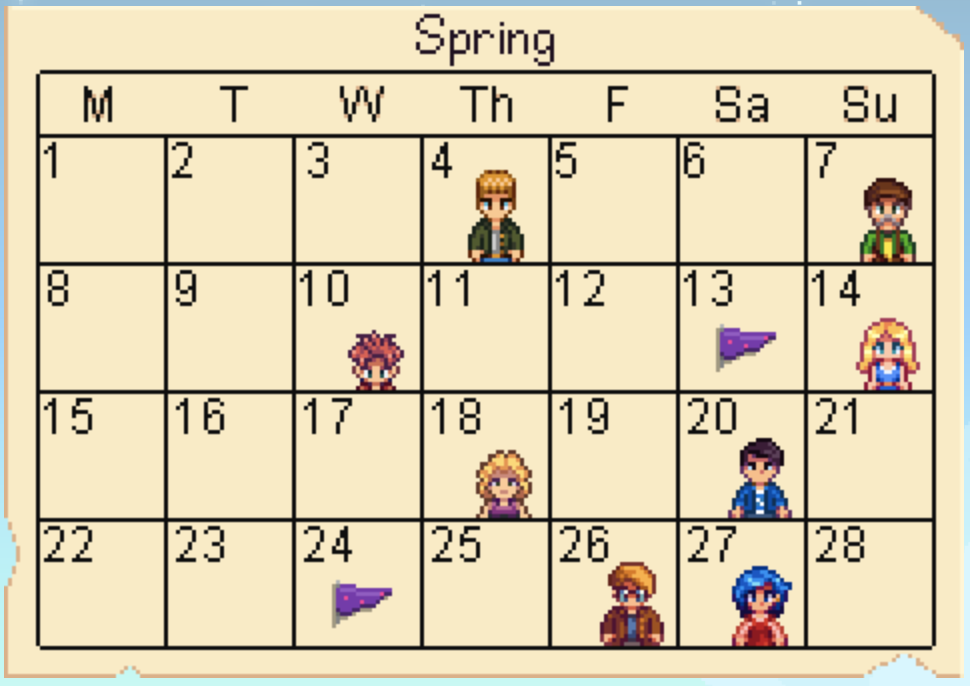
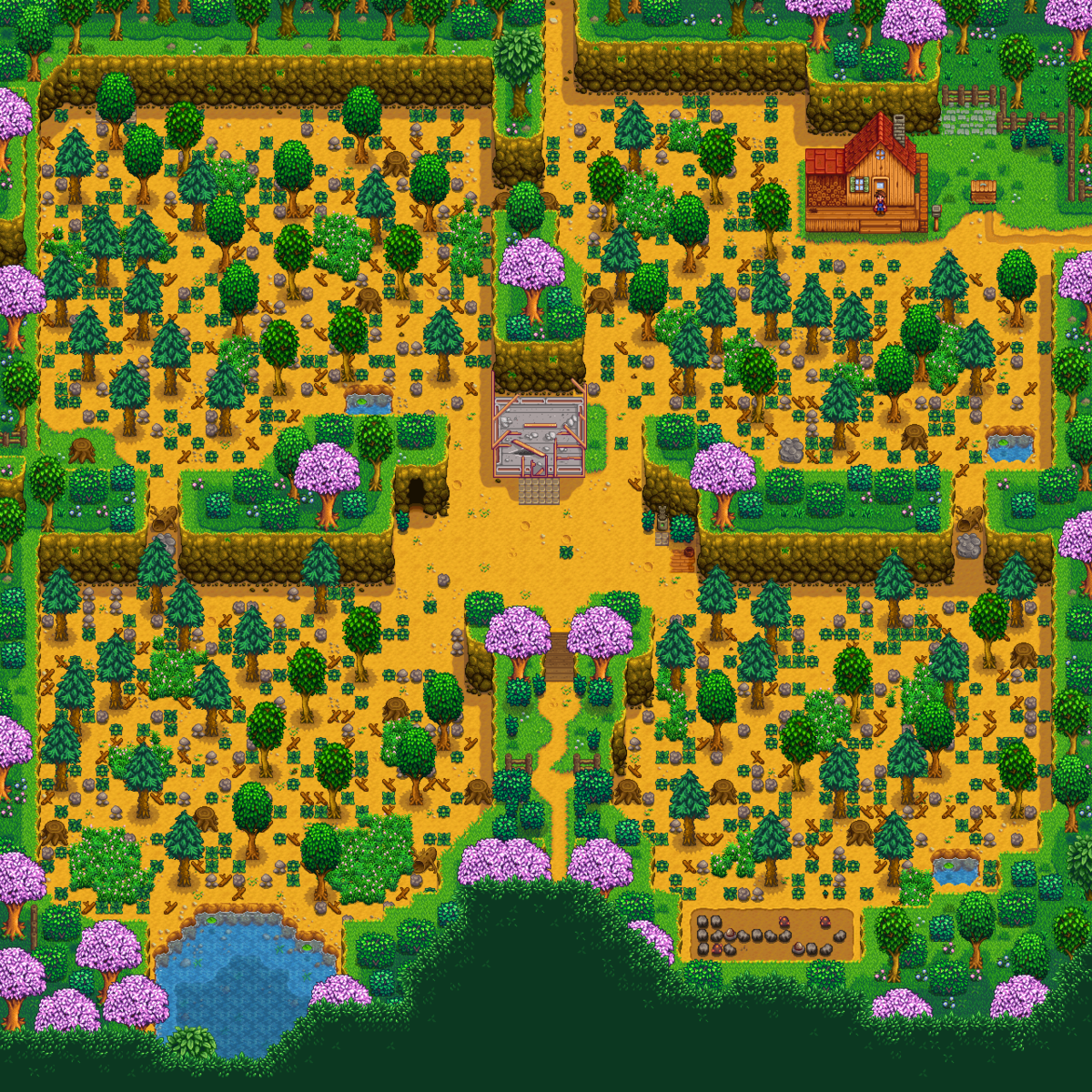 With multiple players (the game supports up to four players in a single farm plot), the game can become “too easy” in that there is the same amount of farmland and fixed world, and items have the same prices as if for a single player. This means players can be dispersed to maximize one single aspect of the game; one player can farm and tend crops, another player can mine, another can forage and care for animals, and another player can fish, or assist the other players. With up to four players, the strict time limit per day is less of a challenge, and the collective farm can achieve the quests and financial goals up to 4x faster. While this does reduce the grind of the mid-game and supports collaborative play, it does remove the constraints that were meant to encourage players to strategize how to earn the most money and collect the necessary items in the limited time.
With multiple players (the game supports up to four players in a single farm plot), the game can become “too easy” in that there is the same amount of farmland and fixed world, and items have the same prices as if for a single player. This means players can be dispersed to maximize one single aspect of the game; one player can farm and tend crops, another player can mine, another can forage and care for animals, and another player can fish, or assist the other players. With up to four players, the strict time limit per day is less of a challenge, and the collective farm can achieve the quests and financial goals up to 4x faster. While this does reduce the grind of the mid-game and supports collaborative play, it does remove the constraints that were meant to encourage players to strategize how to earn the most money and collect the necessary items in the limited time.